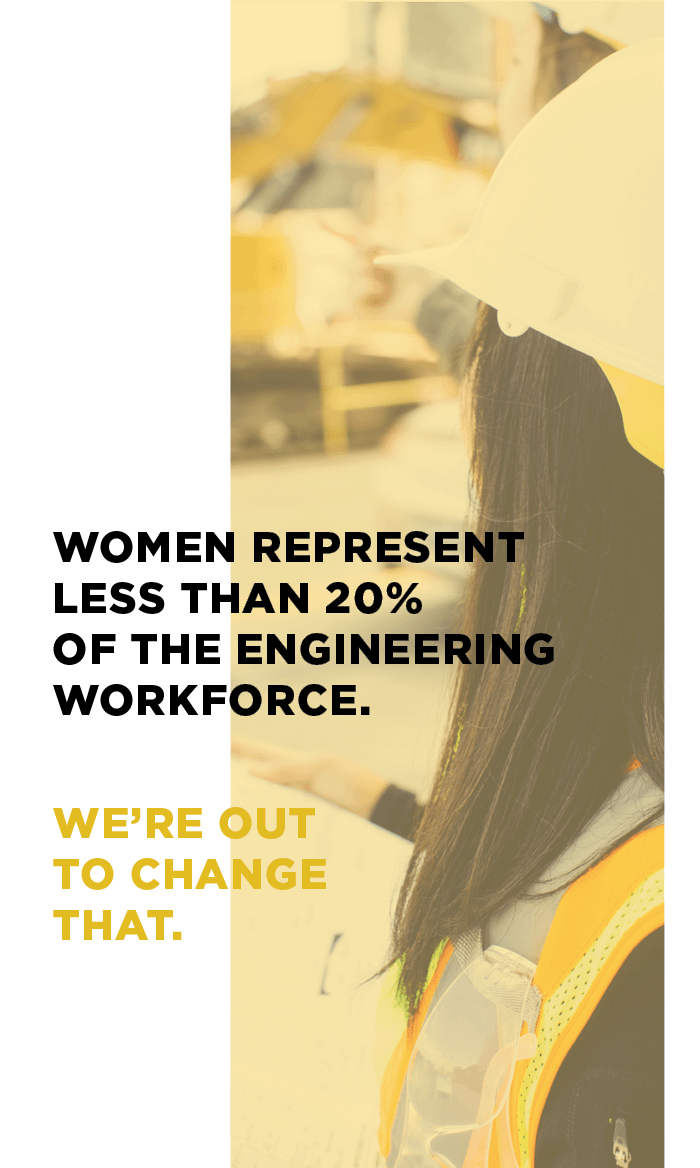Women Who Lead: Our Top Takeaways from the PSBJ Panel

It’s a startling statistic: women represent less than 20 percent of the engineering workforce. We’re inspired by increasingly conscientious efforts to make change and address diversity in the AEC industry.
Events like AIA Seattle’s Conversations Towards an Equitable Practice, sponsored by AIA’s Women in Design Group and Diversity Roundtable, facilitate conversations about AEC culture and inspire positive change. Several of our engineers attended the six-part series, then returned to our office for a recap meeting with our leadership team, discussing tools and takeaways we could implement internally.
Most recently, we partnered with the Puget Sound Business Journal on the second event in their new Women Who Lead Series. Women Who Lead in Architecture and Engineering provided a platform to discuss challenges, learn from industry leaders, and discover new ways to promote diversity both individually and as an AEC community.
“[The event] was an opportunity to ask a phenomenal panel of women big questions, and get candid answers to things like how they got ahead, how they negotiated a promotion, what stumbling blocks they’ve encountered, etc.” – Emily Parkhurst, Publisher & Market President, Puget Sound Business Journal.
Here we share some of our team’s top takeaways from the panel:
Communicate career ambitions to upper managers
Marie Ternes, Structural Project Engineer
mariet@cplinc.com
Many of the panelists shared how their careers benefited when they vocalized their goals to upper managers. They were able to work with their managers toward a common goal and establish a mentoring relationship that lasted (even beyond role and company changes).
Their experiences revealed that vocalizing goals opens the door for mentorship. As each panelist described what successful mentoring looked like, a clear theme emerged. The best mentor/mentee relationships require the mentee to be proactive and seek out mentorship, be constantly curious, and be a sponge, learning from every opportunity and encounter.
Don’t be a “Stepford Engineer"
Marsha Swatosh, Structural Project Engineer
marshas@cplinc.com
I liked hearing Rebekah Weston (Principal Civil Engineer, Red Barn Engineering) speak to what led her to start her own engineering firm. One of her motivators was the feeling she had become a “Stepford Engineer” while working for a large engineering firm. She stressed the importance of always reaching for something “just a little bit harder.” As an industry, we need to challenge ourselves to be more creative and think outside the box. We need to look for new challenges that will push us to be better engineers rather than falling back on what is familiar and comfortable. As one of my mentors recently said, “We need to flex those engineering muscles we haven’t used in a while.” These changes can come from any level, so it’s important to have leaders and mentors who are ready for new challenges (wherever they are presented)!
A mentor can help us break through mental hurdles
Albert Alix, Structural Project Engineer
alberta@cplinc.com
Expand: Sometimes the largest hurdles we face are internal: our own perception of risk and fear. As the panelists shared their journeys, it was evident that effective mentors made all the difference, especially when it came to alleviating those hurdles. The expertise, the ambition, and the confidence are all within us – along the way, we may just need someone with clear eyes to help us see the promise inside ourselves.
Look beyond yourself, be accountable to the next generation
Kelly Lowe, Structural Staff Engineer
kellyl@cplinc.com
Whether becoming the youngest partner at their firm, the first female at their firm to start a family, or starting their own business entirely, many of the panelists were pioneers in our industry. When asked about her role as a local leader, Lara Kammereck spoke to her responsibility as a role model for the next generation of female engineers. As she continues to advance her own career, she remembers those just beginning their journey. Her attitude is an admirable one, as she believes it’s important to not only be the best engineer she can be, but also to use her position to encourage and support women in STEM.